ID Guide to East Texas Birds
East Texas is truly a birder’s paradise, filled with an incredible variety of stunning birds. Some call this place home year-round, while others grace us with their presence during migration, giving us a fleeting but breathtaking glimpse before continuing their journey.
I’ve had the absolute joy of capturing thousands of photos of these amazing creatures, and now they’re being put to good use—to help you identify and appreciate each species! (And yes, with just a few exceptions, every photo you see is one I’ve personally taken.)
This flip-style format works like fun flashcards, making bird identification an exciting game rather than a challenge. Whether you’re just starting or you’ve been birding for years, this tool makes learning both easy and enjoyable!
And the best part? This is just the beginning! I’ll keep adding more species to make this as complete as possible. So grab your binoculars, get ready to flip through, and let’s have some fun learning these birds together!
THIS IS A WORK IN PROGRESS – WE WILL ALWAYS BE ADDING TO IT AS WE HAVE MORE PHOTOS – AT SOME POINT WE WILL ADDRESS ADDING FEMALES AS WELL AS OTHER PHOTOS. STAY TUNED.
PLACE YOUR CURSOR OR FINGER OVER THE BIRD PHOTO
AND THE SPECIES NAME WILL BE REVEALED
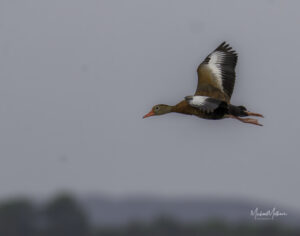
Black-bellied Whistling Duck
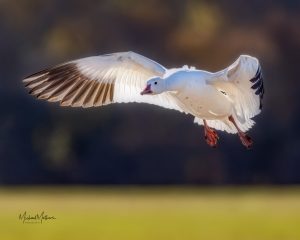
Snow Goose
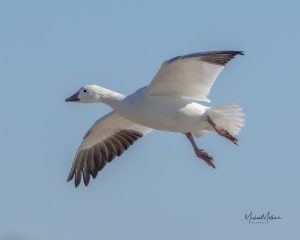
Ross's Goose
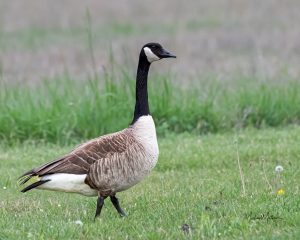
Canada Goose
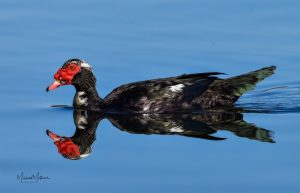
Muscovi Duck
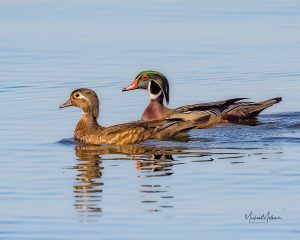
Wood Duck
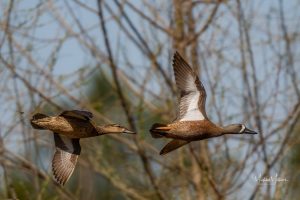
Blue Wing Teal

Northern Shoveler
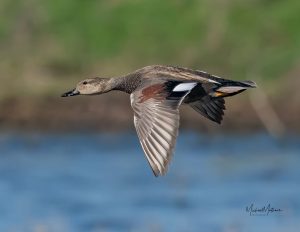
Gadwall
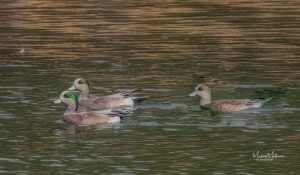
American Wigeon
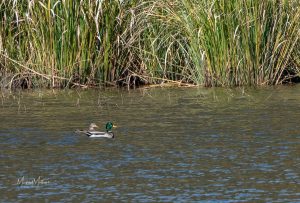
Mallard
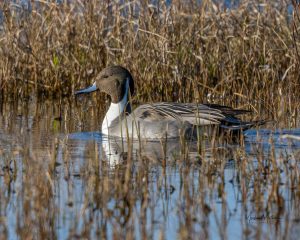
Northern Pintail
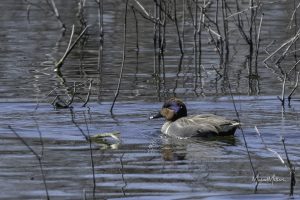
Green-wing Teal
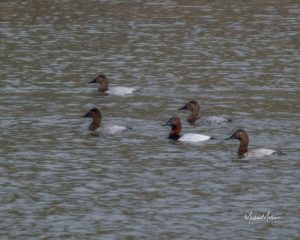
Canvasback Ducks
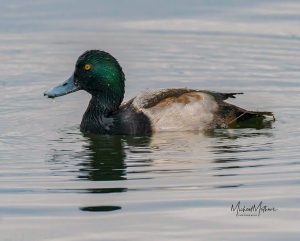
Greater Scaup
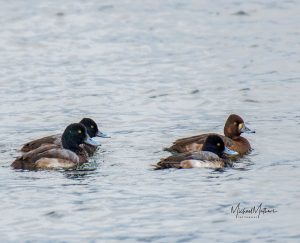
Lesser Scaups
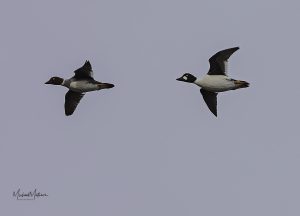
Common Goldeneye
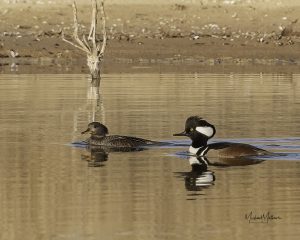
Hooded Merganser
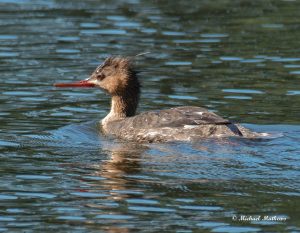
Red-breasted Merganser
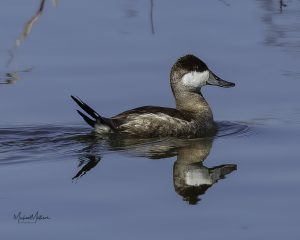
Ruddy Duck
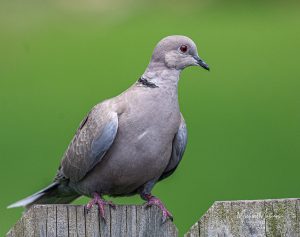
Eurasian Collared Dove
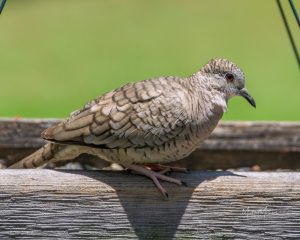
Inca Dove
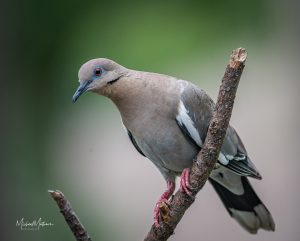
White-winged Dove
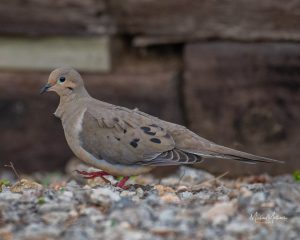
Mourning Dove

Greater Roadrunner
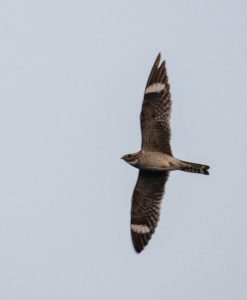
Common Nighthawk

Ruby-throated Hummingbird
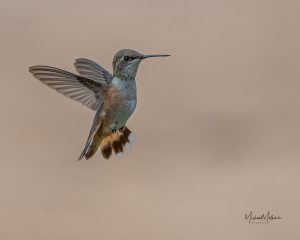
Rufous Hummingbird
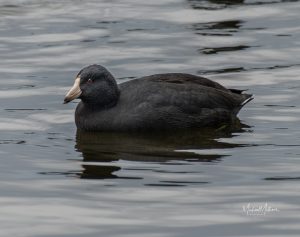
American Coot
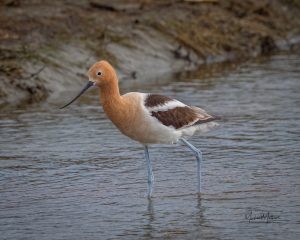
American Avocet

American Golden Plover
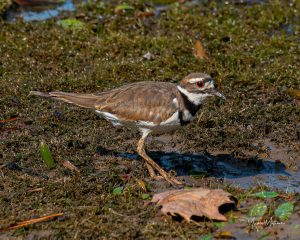
Killdeer

Spotted Sandpiper
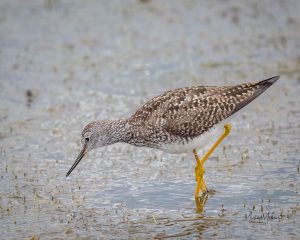
Lesser Yellowlegs
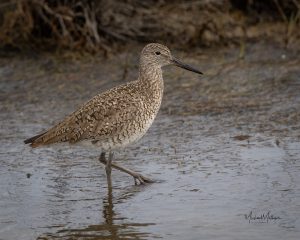
Willet
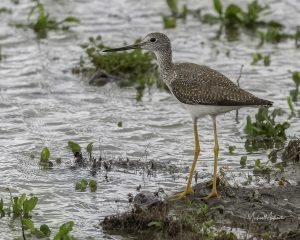
Greater Yellowlegs
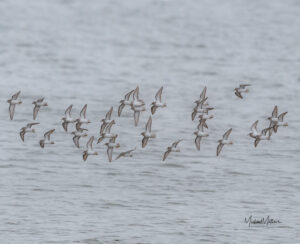
Least Sandpiper
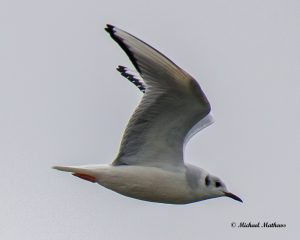
Bonapartes Gull
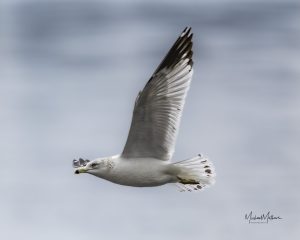
Ring-billed Gull
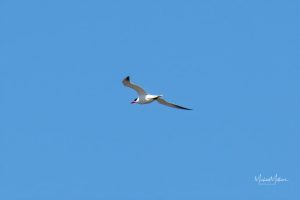
Caspian Tern
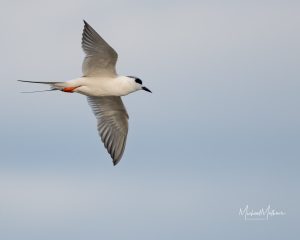
Forsters Tern

Pied-bill Grebe
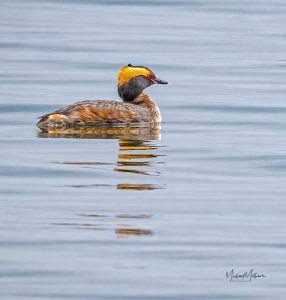
Horned Grebe
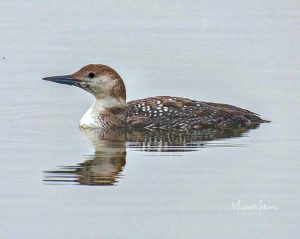
Common Loon
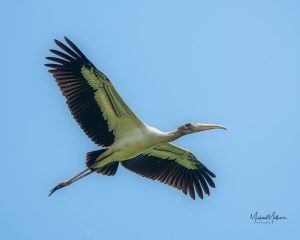
Wood Stork
Author
-

I’m a proud East Texas native who once took the scenic route all the way from the Atlantic to the Pacific—just to realize the Piney Woods was where I really belonged - near where I hear rumors of home. Since planting my boots firmly back in East Texas in 2014, I’ve put my biology background to work first as a Texas Master Naturalist, then for three years I served as as the Trip Director for Tyler Audubon. I run several Facebook birding groups, several nature related websites, teach Nature Photography Workshops, lead Birding Field Trips, and, on any given day, you’ll likely find me wandering through the woods, camera in hand. As an author, photographer, and lifelong naturalist, I believe in spreading the word about birds, wildlife and wild places so we can all appreciate—and protect—the world outside our windows. It's all part of the adventure, right?
View all posts


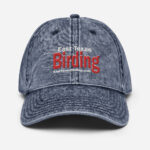
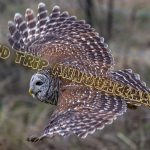


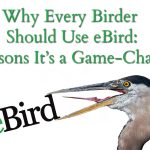

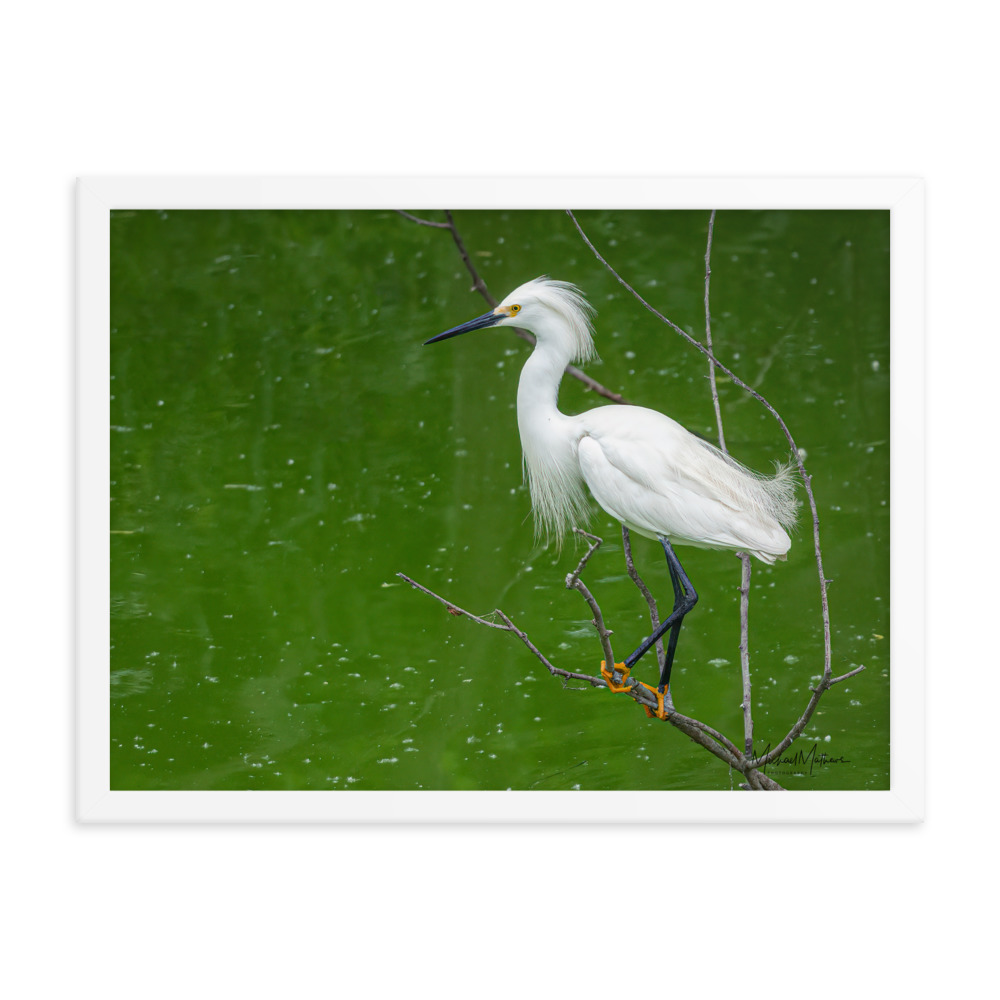


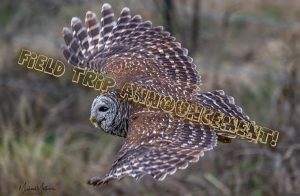



Related Posts
Don’t Call Me a Birdwatcher! A Birder’s Guide to the Ultimate Identity Crisis
Why Every Birder Should Use eBird: 8 Reasons It is a Game-Changer!
Michael’s (That’s me) NEW Birding Word Search Book
Where the Birds Sing: Birding Adventures From Scenic View on Lone Star Lake